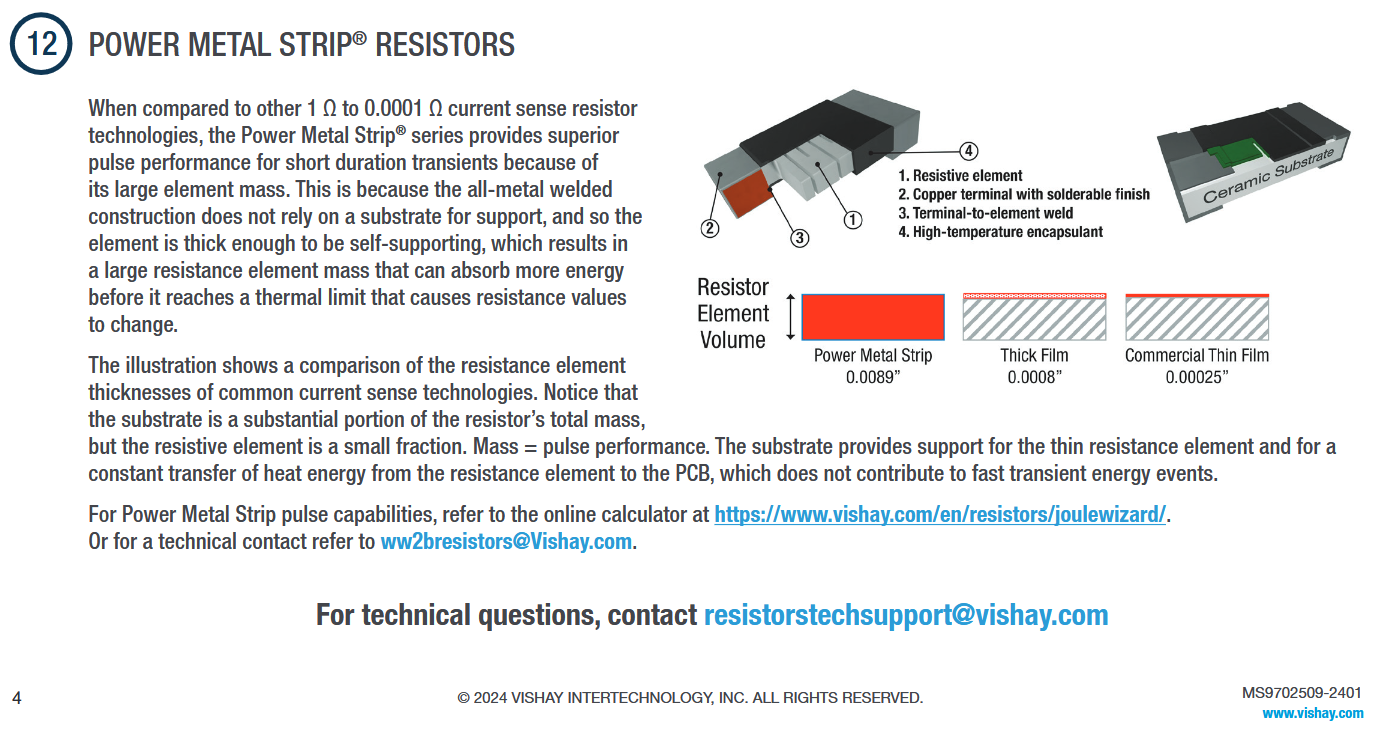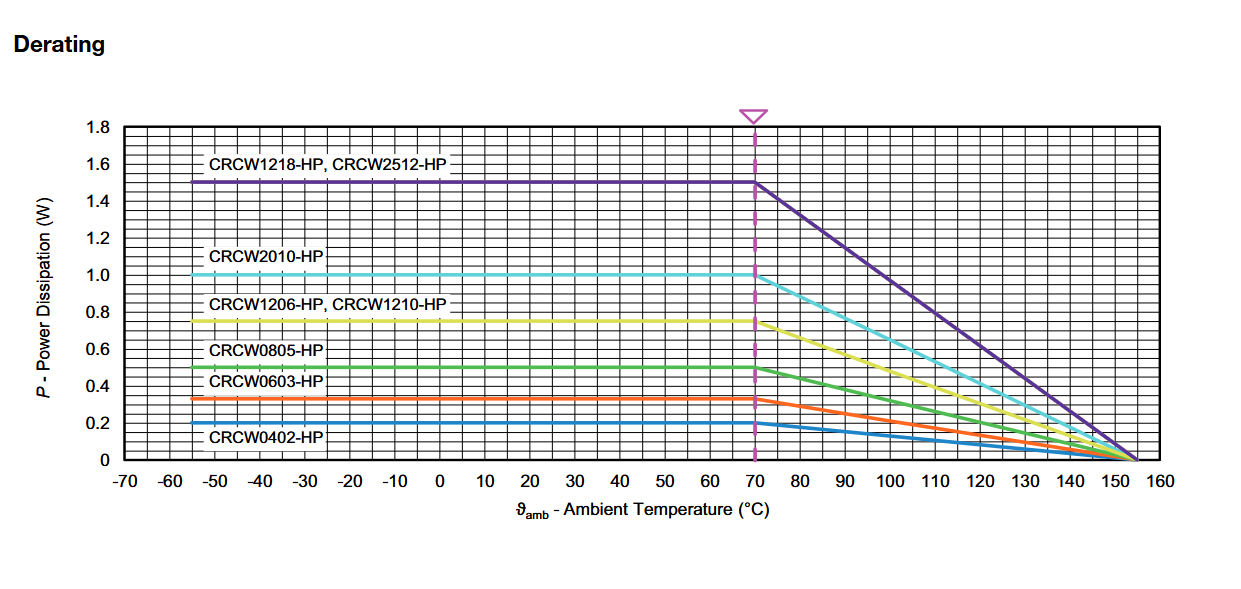There are two main methods used that can dramatically increase the power rating of a chip resistor. The easier of these is to simply use larger metal terminals to conduct more heat to the PCB and away from the resistor. This is seen somewhat frequently, such as in Susumu's HRG series:

The downside is that, to get the improved thermal performance, you do need to use a different PCB footprint than the standard one for the resistor's size. The extent of the terminals also means these resistors have much lower creepage and clearance than conventional resistors of the same size, which may matter for high-voltage applications.
The other common method, seen in some very high-power chip resistors, is to use a substrate material with a higher thermal conductivity. Most chip resistors use cheap, easily processed alumina ceramic (Al₂O₃), but alumina's thermal conductivity leaves something to be desired at only about 30 W·m⁻¹·K⁻¹. Metals have much higher thermal conductivities, around 400 W·m⁻¹·K⁻¹ for copper. But using a metal substrate is impractical, because the substrate needs to be electrically insulating--so ceramics are used. The highest thermal conductivity of any electrically insulating material (or indeed any known material at all) is that of diamond, but that's impractical for obvious reasons, so the next best ceramics, beryllium oxide (BeO) and aluminum nitride (AlN), are used instead. Of the two, BeO has a higher thermal conductivity that can be as high as 330 W·m⁻¹·K⁻¹, but because it's extremely toxic, it's only used in the most demanding cases. AlN, with a thermal conductivity of about 200 W·m⁻¹·K⁻¹, is preferred for most applications. However, AlN and BeO are both less chemically resistant than Al₂O₃ (AlN can even be damaged very slowly by exposure to water), so care should be taken if they are to be used in harsh environments.
AlN substrates are used in many of the highest-power chip resistors out there, like Barry Industries' RP0402-2Q, which manages a 1 W power rating in 0402 size, provided sufficient active cooling.
Some resistors combine both methods, like Vishay Dale's RCP series, which has an AlN substrate and comes with either standard or extra-wide terminals, managing as high as 3.5 W in free air, or 22 W actively cooled, in 2512 size. Note the grey-to-brown color of the substrate; this is indicative of AlN.

A very few resistors try to eke out every last milliwatt they can, and use a beryllium oxide substrate. Barry Industries' RP2010-96, for instance, claims a 32 W rating in 2010 size, provided active cooling.
There is also the interesting, though now discontinued, HPC series from Stackpole, which managed to get quite high power ratings of 5 W free air or 12 W forced-convection by the novel approach of just integrating a small heatsink onto the component itself. What substrate is used between the element and heatsink is not mentioned; it's most likely simply Al₂O₃. The heatsink itself appears to be aluminum, going by the picture.

Regardless of the method used to increase the power rating, other aspects of the resistor's design need to be considered as well. Common methods of trimming a film resistor to the proper value create a resistance that's distributed unevenly across the substrate, which means that there will be part of the resistor that heat up more than others--essentially creating weak spots in the resistor. Spreading the dissipation more evenly with a more complicated structure will improve power handling capability, with a particularly strong effect on pulse load capability.
This is why composition resistors, which are made of a homogeneous mixture of conductive material and filler, have such high pulse load ratings.







